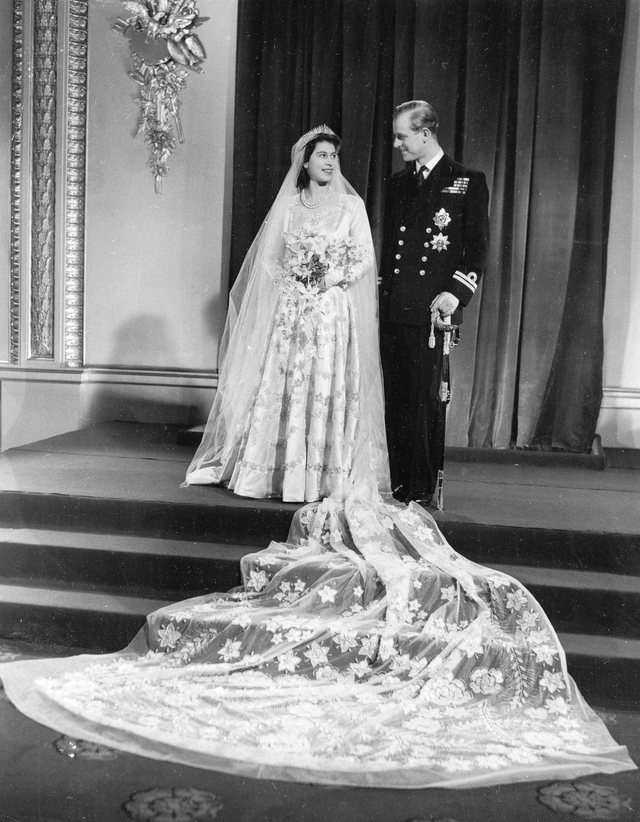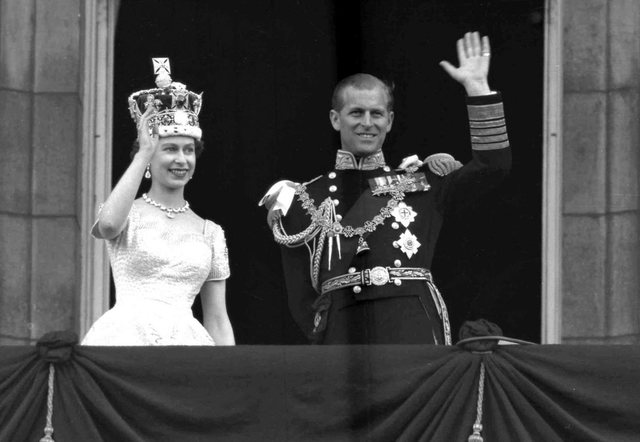
Prince Philip, Duke of Edinburgh, passed away on Friday at the age of 99. The prince married Queen Elizabeth II five years before she became queen - but when she was crowned, he was not given the title of king. This is because Prince Philip, who is in fact a former prince of Denmark and Greece, was never in line with the British throne.
Prince Philip married Queen Elizabeth II in 1947 and she became queen in 1952 following the death of her father, King George VI. She later gave her husband the title of prince.
This title was not insignificant to Prince Philip - he was not supposed to be called a king or a prince.
A woman who marries the king may be called a queen, but for men who marry a monarch, there are different rules. They can not use the title king because it is given only to men who inherit the throne, according to BBC News.
Therefore, the couple's eldest son, Charles, Prince of Wales, will receive the title of king when he assumes this position. Their other children: Princess Anne, Prince Andrew and Prince Edward will hold these titles.

Prince William, the son of Prince Charles and the queen's grandson, is queuing for the title of king, followed by his eldest son, Prince George.
Giving Prince Philip his title is not the only unique decision taken by the queen. In 1960, Queen Elizabeth and Prince Philip decided to distinguish themselves from past kings who did not use surnames. They began to use an old adjective: Mountbatten-Windsor, Mountbatten which came from the ancestors of Prince Phillip.
So the queen's children and grandchildren can use Mountbatten-Windsor as an adjective - when needed. Kings, however, do not have much use of adjectives; they already have plenty of titles, like Prince William, Duke of Cambridge.





